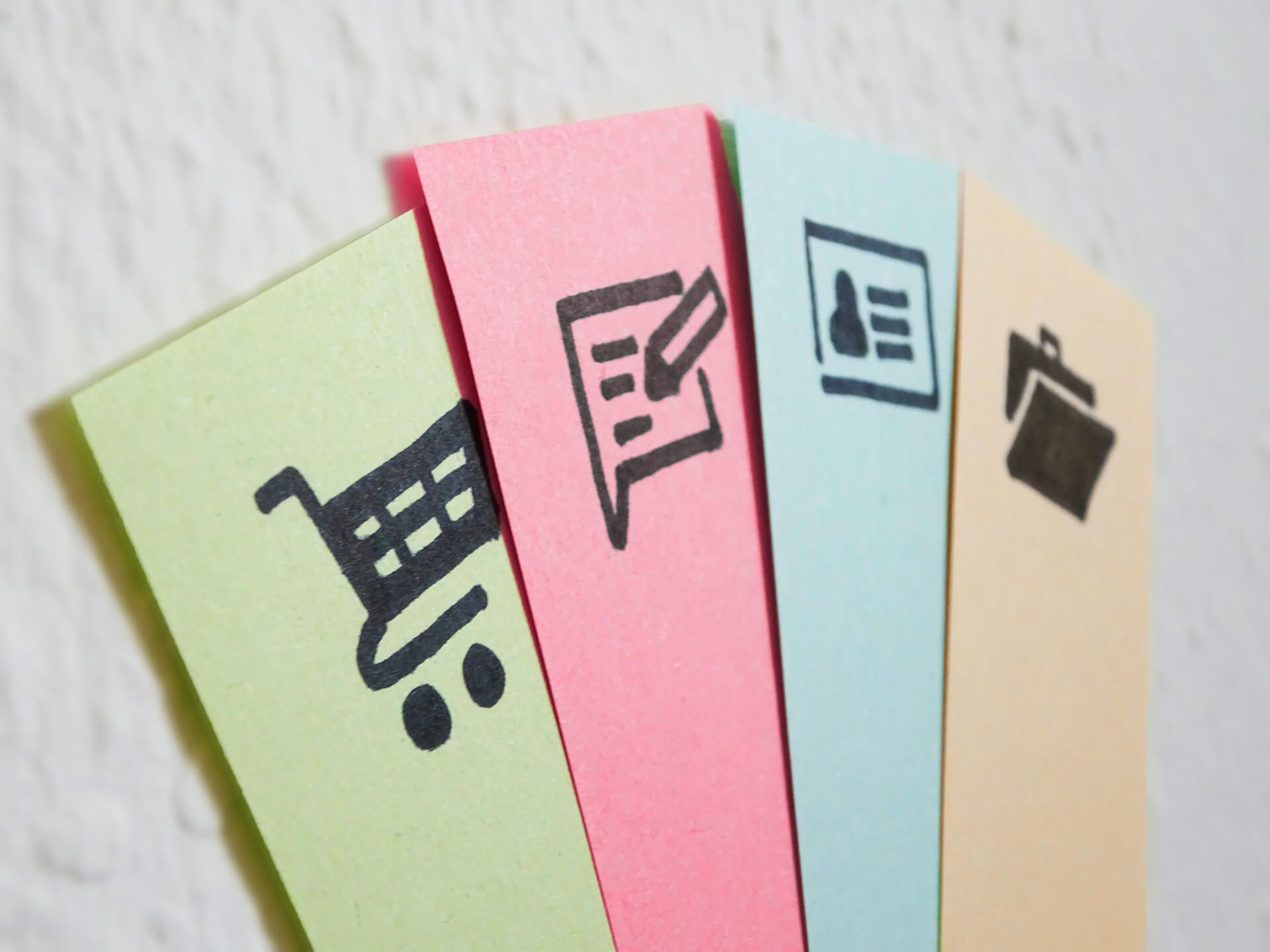Website-Marketing & Text
Marketing so ausdrucksstark wie Deine WordPress-Website
Ich mache Deine Website zu einem verlässlichen Stop auf Deiner Kund♥innenreise – mit kreativen Texten und manchmal einer einzigartigen Gestaltung drumherum.
auf Kund♥innenreise zu Besuch
Das sagt mein Kunde ♥
„Was mir an der neuen Website besonders gefällt, ist schwer zu sagen, ohne eine andere Besonderheit zu beleidigen. Wenn ich eins herausheben soll, ist es die Formulierung der Texte, die im Kopf zu Bildern werden.“
Bernd Henskes
Geschäftsführer, Marius MegaKeramik & NaturStein
auf Kund♥innenreise zu Besuch
Das sagt mein Vater ♥
„Wow. Im Vergleich zur alten Website finde ich die neue viel harmonischer, gerade mit den abgedämpften Farben, der tollen Schrift und den Effekten. All das passt jetzt viel besser zu mir und meinem Repertoire. Total originell.“
Jens Oelker
Bildender Künstler & Raumdesigner
auf Kund♥innenreise zu Besuch
Das sagt mein Kunde ♥
„It was important for me to connect my brand to my audience in the most authentic way possible. Naomi from day 1 turned all of my rough ideas into a brand voice and image that I could not have fathomed myself! I can’t thank Naomi enough for her skills and expertise!“
Vamshi G.
Managing Director, Calidris EXIM
Vom Website-Check zur Marketing-reifen Website
Der Website-Check ist somit die perfekte Basis für die Optimierung Deiner Website; ob Du sie dann selbst in die Hand nimmst oder mit mir zusammen.


Website Content Specialist
Hallo, mein Name ist Naomi!
Website Content Specialist
Hallo, mein Name ist Naomi!
Damit motivierte Menschen wie Du das Potenzial ihrer Projekte entfalten können, entfalte ich das Potenzial ihrer Websites.
Ob beim Briefing oder während unserer Zusammenarbeit: Ich setze beim Kern Deiner Berufung an, damit Kraft hinter Deinen Zeilen steckt, wenn die Blicke Deiner Traumkund♥innen darüberfliegen.
Diese Kraft nenne ich authentische Kommunikation, die bei Deinen Traumkund♥innen ankommt. Sie heben nicht zu Luftschlössern ab, sondern finden einen Menschen vor, zu dem sie sich hinzudenken können.
Gespannt auf das Potenzial Deiner eigenen Website?

Sei authentisch
Nutze den Platz und die Möglichkeiten, die Dir Deine Website bietet, um die richtigen Besucher♥innen zu adressieren. Ihr solltet euch beide wohlfühlen.
Wirke professionell
Eine aktuelle, gepflegte Website mit Inhalten, die sowohl für Deine Berufung als auch für Deine Besucher♥innen relevant sind, bezeugt Deine Professionalität.
Bleibe in Erinnerung
Wenn Du einen bleibenden Eindruck hinterlassen willst, reicht es nicht, Deine Website attraktiv aufzubereiten. Du musst auch etwas zu sagen haben.
Werde sichtbar
Mit der Optimierung und sinnvollen Verteilung Deiner Inhalte machst Du es Deinen Besucher♥innen leichter, Dich und Deine Werke zu finden.
Schaffe Vertrauen
Kommuniziere mit Bildern und Worten. Indem Du Deine Besucher♥innen verstehen lernst und ihnen das in Deinen Texten zeigst, gewinnst Du ihr Vertrauen.
Erreiche mehr
Erstellst Du zudem Inhalte, die Deine Besucher♥innen wirklich sehen und lesen wollen, sorgst Du dafür, dass sie gerne wiederkommen.
MEINE RESSOURCEN
Was willst Du übers Website-Marketing wissen?

Deine Website mit WordPress & Elementor
Ich benutze das Content-Management-System WordPress und den Page-Builder Elementor, und zeige Dir, mit welchem Set-up Du besonders unabhängig und sicher fährst.

Welcher Website-Typ passt am besten zu Dir?
Der Website-Typ spiegelt das Grundgerüst Deiner Website-Inhalte wider. Wenn Du weißt, welche Inhalte am besten zu Dir passen, erstellst Du sie zielgerichtet und zukunftsbewusst.

Das Wichtigste über Website-optimierte Bilder
Zwischen weboptimierten und Website-optimierten Bildern besteht ein großer Unterschied. Ich zeige Dir, was in beiden steckt, theoretisch und anhand von 7 konkreten Fallbeispielen.

Das Wesentliche über Website-Texte
So bedienst Du Dich Deinem wichtigsten Kommunikationsinstrument im Internet, der Website, inhaltlich und optisch mit Website-Texten.

Aufbautipps für eine Website ohne Portfolio
Wie gehst Du beim Aufbau einer Website ohne und mit Portfolio vor, und wann brauchst Du es wirklich? Ich sage Dir all das und noch mehr.

Stolperfallen beim Website-Launch
Versäume nicht den Neuigkeitswert Deiner Website. Um dem vorzubeugen, habe ich Dir so einige Fehler rund um meine eigene Launch-Zeit vorgemacht. Gern geschehen!

Reputation mit Deiner Website aufbauen
Reputation beginnt mit einem Herzen – mit Deinem und dem Deiner Website. Erfahre, wie Du die Reputation Deiner Domain, Deiner E-Mails und Deiner Marke aufbauen kannst.
Kontakt aufnehmen
Lass uns das Potenzial Deiner Website entfalten!
Falls meine Website Dir nicht sofort weiterhelfen konnte, kann ich das bestimmt. Buche Deinen Website-Check bei mir oder stelle mir zuerst Deine dringlichste Frage, die ich Dir völlig kostenfrei beantworte.
Gemeinsam gehen wir Deinen Stolpersteinen und möglichen Hindernissen auf den Grund, damit Du dazu übergehen hast, Deine Zeit sinnvoll zu nutzen.
